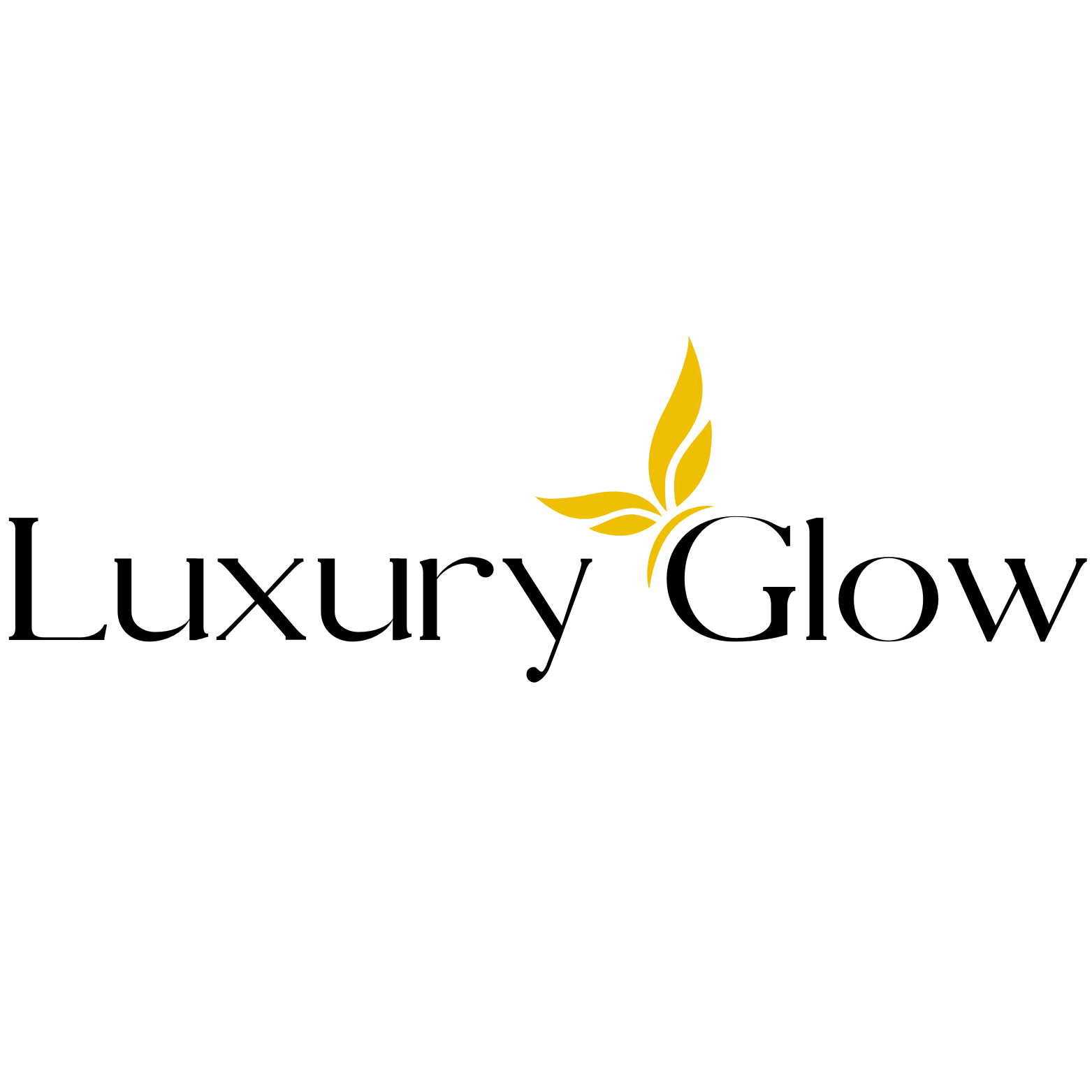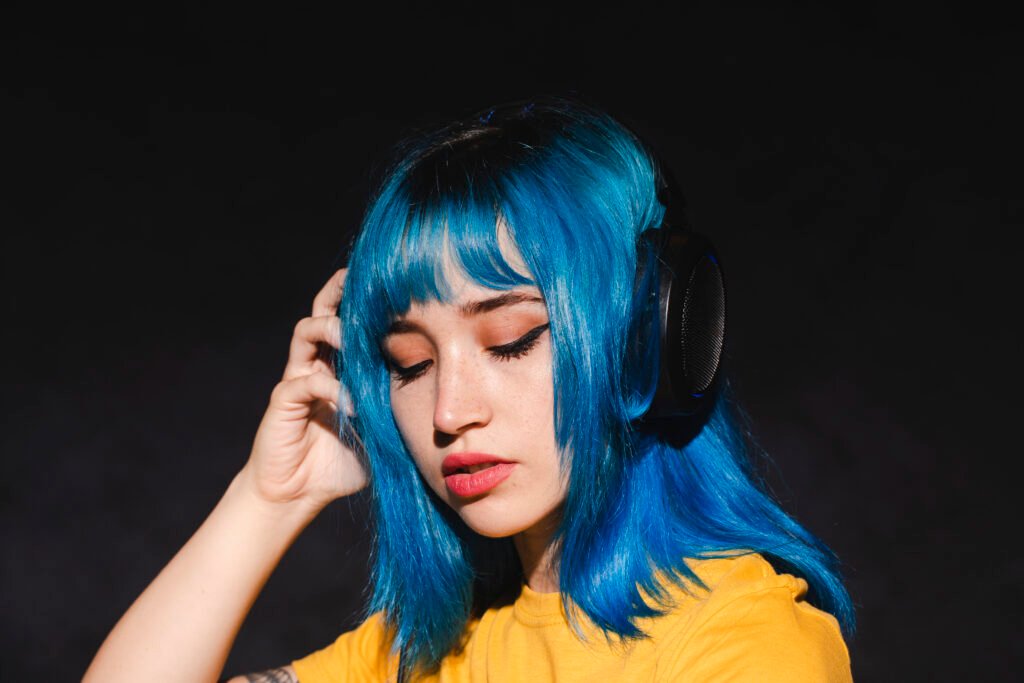Table of Contents
Are Eyelashes Made from Animals?
False eyelashes serve as essential beauty tools to create both bulk and length to the eyes independently of mascara use. People generally wonder whether fake eyelashes contain any animal components. False eyelash materials determine the response to this question. False eyelashes consist of two production types: natural animal hair versions and synthetic alternatives. This article describes the materials found in false eyelashes while discussing their moral implications and teaching readers how to select appropriate replacement lashes.

What Are False Eyelashes Made Of?
False eyelash materials exist in numerous varieties, so they differ regarding texture strength and business ethics concerns. The market consists of several different false lash varieties.
Mink Eyelashes
- Real mink fur serves as the base material in these lashes because it produces soft results with a natural appearance.
- These lashes maintain a lightweight design, which ensures comfort during wearing.
- Fur extracted from farmed mink populations through animal brushing produces most of the materials used in mink lashes.
- Categories of false lashes with mink fur exist, which manufacturers advertise as ethically sourced and cruelty-free, but the farming of fur remains under debate.

Silk Eyelashes
- Silk fibers form the base of false eyelashes that commonly contain synthetic material integration.
- The texture of these lashes provides better flexibility than synthetic brands while retaining an excellent shape.
- The production methods of silk require living silkworms and thus do not meet vegan standards.

Human Hair Eyelashes
- Real human hair remains one of the materials used for producing false lashes because it delivers an appearance that resembles natural lashes.
- Human hair eyelashes maintain great lightness because they create effortless styling options that integrate perfectly with natural lashes.
- The collection point for such lashes exists either within hair donor programs or professional salons.

Synthetic Eyelashes
- These artificial lashes incorporate fibers sourced from polyester, nylon, and plastic materials.
- Artificial hair manufacturers model their products to replicate natural lashes in structure.
- These false lashes consist of vegan materials while being cruelty-free, so they emerge as the most ethical alternative in the market.
- Synthetic eyelash styles include glossy finish options alongside matte finish styles in diverse design selections.

Faux Mink Eyelashes
- Made from high-quality synthetic fibers that replicate the softness and appearance of real mink lashes.
- Completely cruelty-free and a popular alternative to real mink.
- Often more affordable and easier to maintain than natural mink lashes.

Are Mink Eyelashes Cruelty-Free?
People have mixed opinions about mink eyelashes because their production methods spark ethical issues. The makers of mink eyelash products state these lashes come from brushing animals, but animal rights organizations believe mink farms subject their creatures to dangerous living conditions. Animal rights activists choose synthetic or faux mink eyelashes to prevent funding the animal-based industry.
Are Silk Eyelashes Vegan?
Silk eyelashes do not qualify as vegan products despite using silk as their name suggests. The silk fiber that composes false lashes originates from silkworm products. Brands manufacture synthetic silk replacements that replicate silk lashes without harming animal species.
How to Identify Animal-Based Eyelashes
The following steps will help you decide if your false lashes have animal components:
- You can distinguish mink lashes from synthetic ones because mink lashes possess an extremely soft texture, yet synthetic lashes have a sturdier touch.
- Products with “vegan,” “synthetic,” and “faux mink” in their labeling indicate the products contain no animal-derived components.
- Ethical brands demonstrate transparency about their materials through explicit product information.
Alternatives to Animal-Based Eyelashes
Customers who choose a vegan lifestyle along with cruelty-free products should explore these alternatives:
Faux mink lashes: Faux mink lashes maintain the same lightweight feel patterned after natural mink without containing any animal fur elements.
Synthetic silk lashes: You can find synthetic silk lashes that duplicate silk touch but do not contain materials extracted from silkworms.
Magnetic lashes: Magnetic lashes are sustainable because they can be reused along with being manufactured from synthetic fibers.
Plant-based lashes: Eco-friendly brands manufacture plant-based lashes, which come from biodegradable materials derived from plants.
Conclusions
The production of eyelash materials involves animal components. These products exist among others that do not have animal origins. Mink and silk along with human hair lashes derive their material from animal sources, but synthetic and faux mink lashes provide animal-free alternatives. The rising ethical beauty movement has steered consumers toward environmentally friendly lashes that come from vegan and responsible sources. People who select synthetic or faux mink lashes can experience beautiful full lashes by supporting compassionate and ethical standards.




